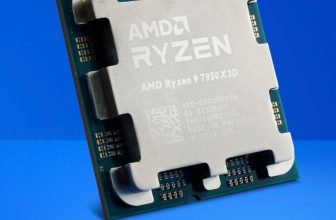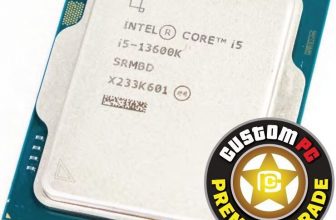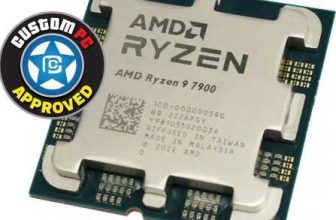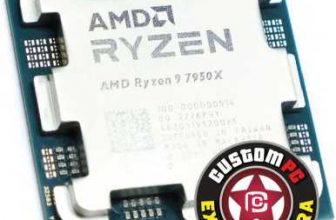AMD Ryzen 5 7600 Review
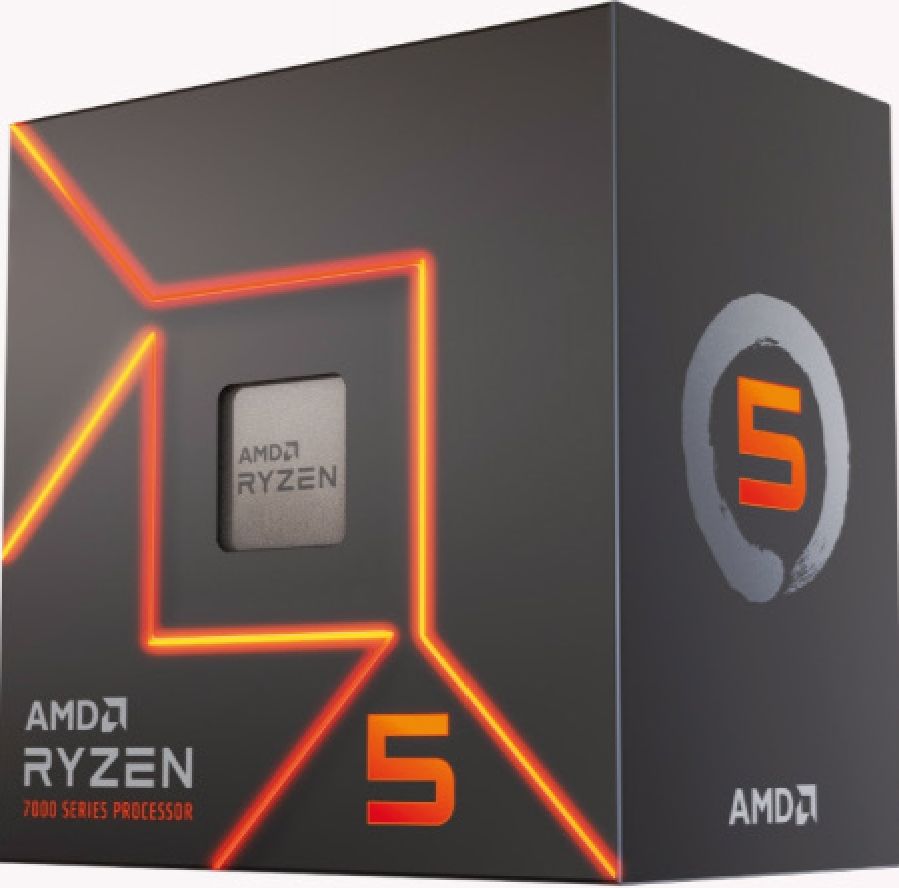
Zen 4 reaches the mainstream. Read our AMD Ryzen 5 7600 Review.
AMD Ryzen 5 7600; Socket AM5; 6 core/12 thread; 3.8GHz base/5.1GHz boost clock; 32MB L3 cache; Supports DDR5-5200; 65W TDP.
“The 7600 holds up very well in gaming, even notching up some wins against the 13600K.”
AMD has traditionally offered some excellent value for money CPU options, particularly when combined with its B series motherboards. But for several reasons, that hasn’t been there since the release of Ryzen 7000 and accompanying B650 motherboards. The Ryzen 5 7600 CPU is one piece of the puzzle that’s needed to bring the performance of Zen 4 down to a lower price point.
The Ryzen 5 7600, like all Ryzen 7000 series CPUs, is built with the recently released Zen 4 architecture. It’s a chiplet based design with a 5nm core compute die (CCD) and a 6nm I/O die. AMD claims the Zen 4 architecture delivers an average 13 percent IPC improvement over previous generation Ryzen 5000 processors. It includes RDNA 2-based integrated graphics, supports PCIe 5.0 and DDR5 memory, and it requires the purchase of a socket AM5 motherboard.
The Ryzen 5 7600 is essentially a cheaper 7600X with lower clocks and a lower TDP. It comes with six cores and twelve threads with a base clock of 3.8GHz and a boost clock of up to 5.1GHz. This compares to the 7600X with its much higher 4.7GHz base clock and 5.3GHz boost clock. The amount of cache remains the same, with 6MB of L2 and 32MB of L3.
The key specification of the 7600 is its lower TDP, at 65W (or up to 88W total package power), this is much lower than the 105W (up to 142W) of the 7600X. This definitely addresses the concerns we have around the high heat output of the X series CPUs, which can easily push over 90 degrees Celsius.
The 7600 is priced at $ But at the time of writing, several big-name vendors were selling the 7600X for as low as $ That’s too small a difference between the two. It’s important to bear in mind that the 7600X requires an aftermarket cooler, whereas the 7600 includes a basic, but acceptable Wraith Stealth. Still, with the 7600X rapidly falling in price, the 7600 is sure to fall too.
When it comes to performance, the 7600X with its 12 threads can’t compete with the 13600K at multi-threaded loads, though in fairness, that’s a more expensive CPU. Even the i5 13400 is more expensive. However, the 7600 holds up very well in gaming, even notching up some wins against the 13600K. It’s very much game dependent though. Some engines still run better on CPUs with lower core counts.
|
Handbrake 1.6 |
Cinebench R23 |
Cinebench R23 |
Blender 3.3 Whitelands |
7Zip 22.01 |
Peak System Power Consumption | ||
| Video conversion 4K to 1080p FPS | Rendering – Multi thread Score | Rendering – Single thread Score | Render Time (seconds) Lower is better | File Compression -Billion Instructions per second | Wall Draw (watts) | ||
|
AMD Ryzen 9 7900X |
118.2 |
29,217 |
2,013 |
535 |
179.96 |
286 | |
|
AMD Ryzen 9 7900 |
106.4 |
24,471 |
1,963 |
616 |
164.95 |
157 | |
|
AMD Ryzen 5 7600X |
76.6 |
15,389 |
1,919 |
988 |
101.22 |
196 | |
|
AMD Ryzen 5 7600 |
71.3 |
14,083 |
1,860 |
1030 |
103.19 |
154 | |
|
Intel Core i5-13600K |
104.1 |
23,728 |
2,012 |
712 |
132.38 |
278 |
The real strength of the 7600 becomes apparent when looking at system power consumption. At peak reading of 154W under an all core Cinebench R23 load is outstanding. Though not dramatically lower than the 7600X at 196W, it’s nearly half that of the higher TDP processors.
The 7600 is a very good CPU, but overall platform affordability and competition from Intel and AMD’s own AM4 platform remains strong. Thankfully, the AM5 platform has a lot of upgrade potential ahead of it.
A CPU like the 7600 will perform well at tasks that don’t require loads of multithreaded grunt, including gaming. If you’re on a budget, saving some money on a CPU like the 7600 and putting it towards a faster graphics card will leave you a happy gamer.
Chris Szewczyk
When you purchase through links on our site, I may earn an affiliate commission. Here’s how it works.






